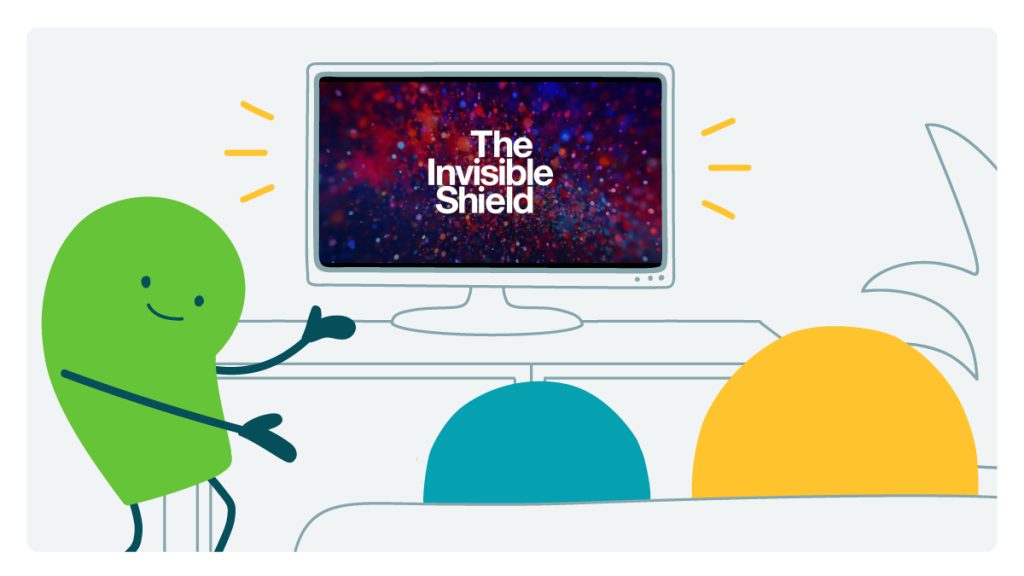
As you know, we’ve been bringing you the occasional We ❤️ Health Literacy Movie Club post for many years now. But in all those years, we’ve never been able to plug a docuseries that’s entirely focused on public health — what it is, how it developed, how it works, what happens when it isn’t working, and what we need to do to strengthen the U.S. public health system. Until now.
The Invisible Shield, which you can stream for free on PBS, explores these topics and more in the aftermath of the COVID emergency. Through candid interviews with public health experts and plenty of contextualizing historical footage, The Invisible Shield tells viewers that “public health saved your life today and you don’t even know it.” Interviewees make the case that public health efforts are almost always underappreciated because when they’re successful, nothing happens (we don’t get sick or hurt) — and therefore no one sees or hears about it.
Which is exactly why we want to shout about this docuseries from any and all rooftops — especially now. The last episode is called The New Playbook, and it’s abundantly clear that to move forward, we need one. To create a stronger and more sustainable public health system, for example, we need to improve how we collect and share data — and to update state and local health departments’ software and computers. And those examples are on the more straightforward side.
Of course, we also need to deal with the complex web of social conditions that create or exacerbate struggles related to disease. Since COVID, there’s a lot more talk about social determinants of health (SDOH), which is certainly progress — but we need more united action across sectors. A public health approach is inherently a multidisciplinary approach — and that can make it complicated, but it’s the only way to actually solve these complicated problems.
The third episode, Inoculation & Inequity, focuses on distrust in government, skepticism of science, and how we got here (largely through the effects of structural racism). A case study from war-on-drugs-era days in the Bronx is especially powerful in revealing the factors and social policies that add up to major health implications over time. It’s not easy to grapple with a legacy like that — but as public health professionals, we must.
To be clear, while often heavy, The Invisible Shield is also hopeful. As author Steven Johnson says in the final episode: “When we look at the … last 200 years, there is so much cause for optimism. There really has been a miraculous set of advances in our health, but that doesn’t mean we’ve eliminated all the problems or that new problems are not going to arise. So the work is not to sit back and say, ‘Look at all the progress we’ve made.’ … The work is to say, ‘Well, that progress shows us that we are capable of solving these problems if we put our minds to them.’”
It won’t be easy, but together we can solve the public health problems before us. It’s time to do the work.
The bottom line: The Invisible Shield is a powerful exploration of public health in the United States — from its earliest days to the present — and zeroes in on how we can strengthen it for the future. It couldn’t come at a more critical time, so watch and share!
Copy/paste to share on social (and tag us!): This week, we’re chatting about The Invisible Shield on PBS. This powerful exploration of #PublicHealth in the United States couldn’t come at a more critical time. Watch and share, says CommunicateHealth: https://bit.ly/3UmPKnN
Browse recent posts